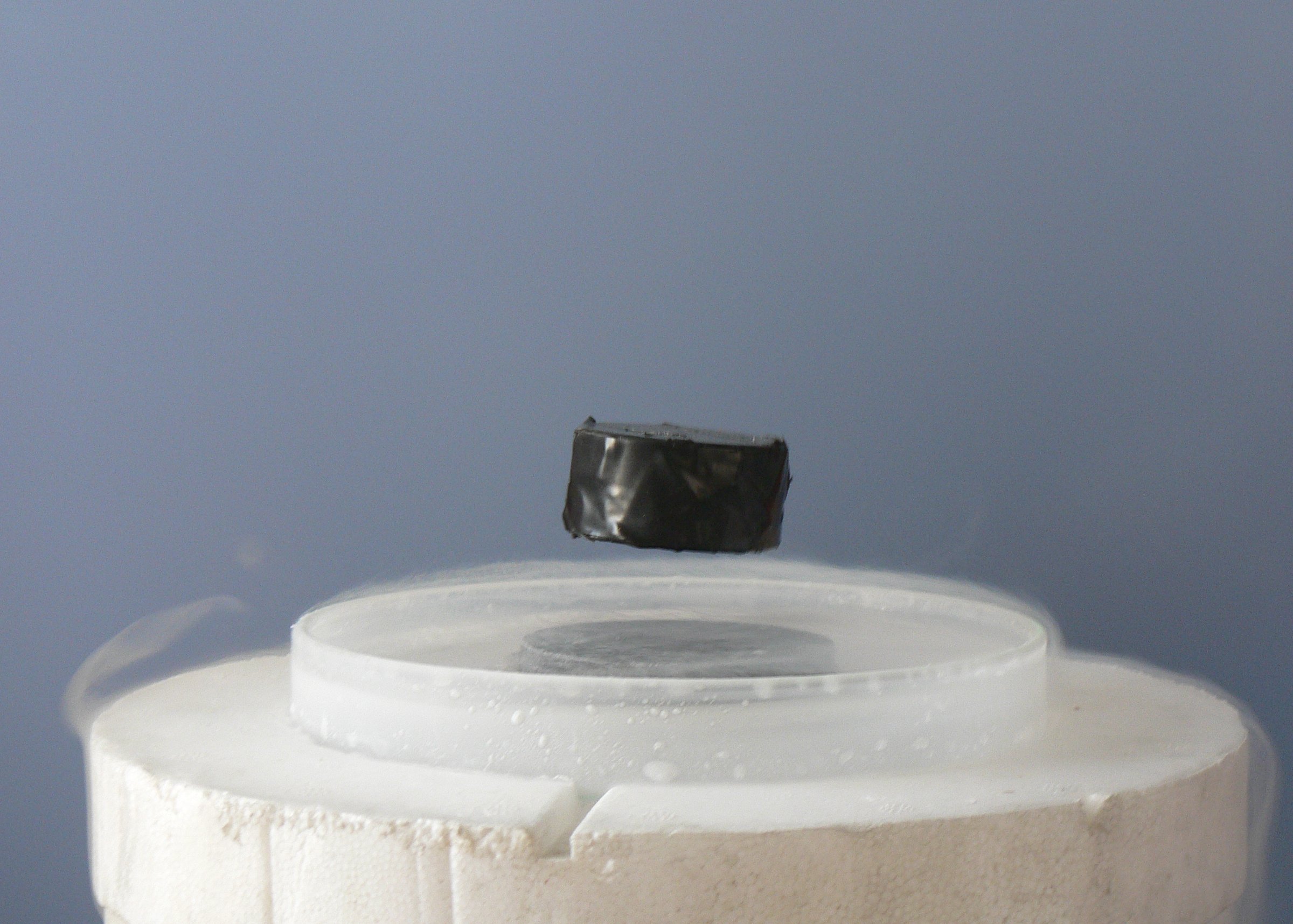
Photo from academic.microsoft.com
In this work, we analyze in detail the occurrence of divergences in the irreducible vertex functions for one of the fundamental models of many-body physics: the Anderson impurity model (AIM).… Click to show full abstract
In this work, we analyze in detail the occurrence of divergences in the irreducible vertex functions for one of the fundamental models of many-body physics: the Anderson impurity model (AIM). These divergences -- a surprising hallmark of the breakdown of many-electron perturbation theory -- have been recently observed in several contexts, including the dynamical mean-field solution of the Hubbard model. The numerical calculations for the AIM presented in this work, as well as their comparison with the corresponding results for the Hubbard model, allow us to clarify several open questions about the origin and the properties of vertex divergences in a particularly interesting context, the correlated metallic regime at low-temperatures. Specifically, our analysis (i) rules out explicitly the transition to a Mott insulating phase, but not the more general suppression of charge fluctuations (proposed in [Phys.\,Rev.\,B {\bf 93},\,245102\,(2016)]), as a necessary condition for the occurrence of vertex divergences, (ii) clarifies their relation with the underlying Kondo physics, and, eventually, (iii) individuates which divergences might also appear on the real frequency axis in the limit of zero temperature, through the discovered scaling properties of the singular eigenvectors.
Journal Title: Physical Review B
Year Published: 2018
Link to full text (if available)
Share on Social Media: Sign Up to like & get
recommendations!